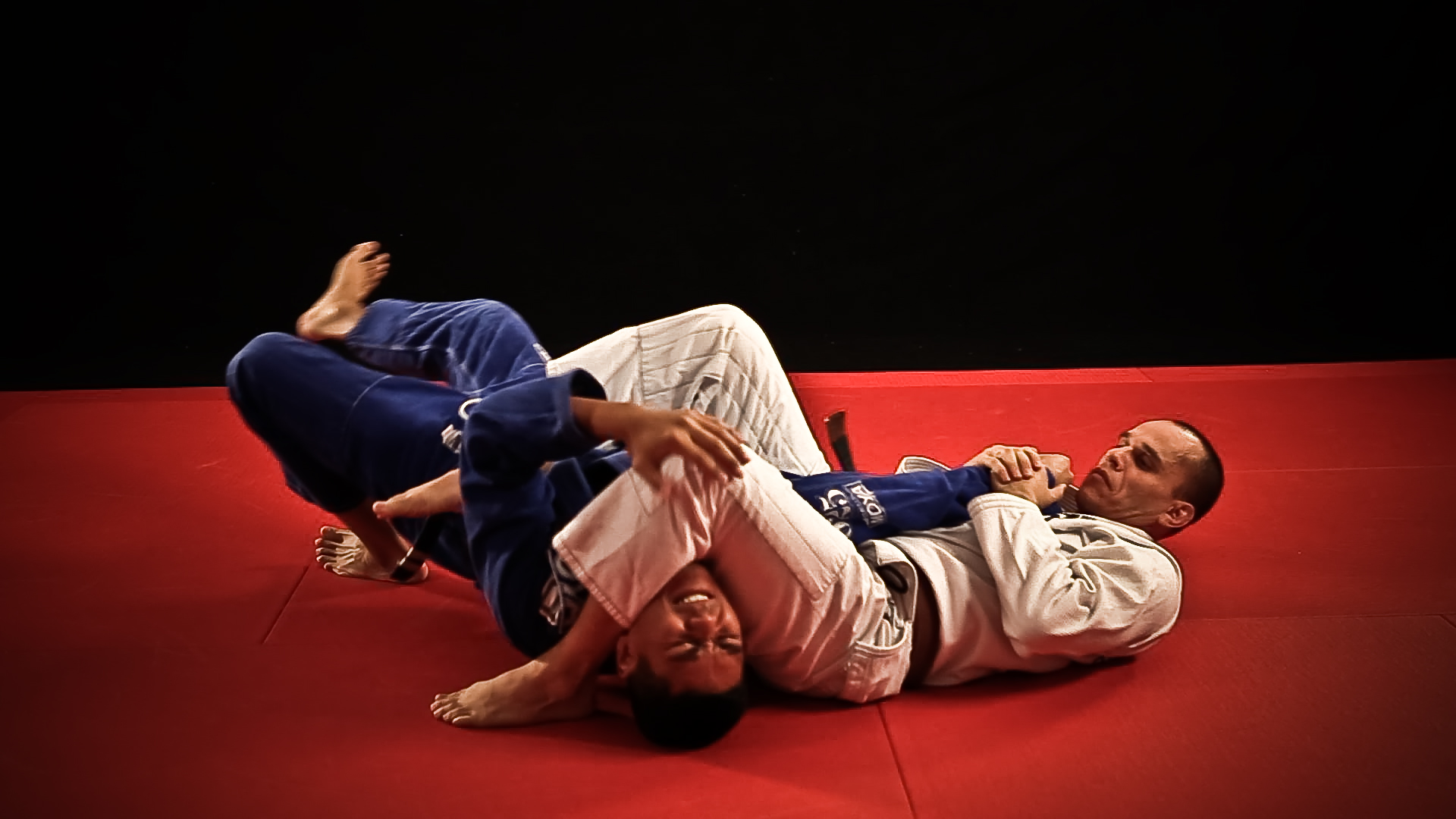Mixed Martial Arts is a combat sports that incorporates many different aspects and techniques of the various martial arts styles from across the world. Every country has a style that is unique to them. Karate and Japan, Kung-Fu and China, Jiu Jitsu and Brazil, Taekwondo and Korea.
Name any of the great fighters in the UFC and you will recognize that they utilize multiple fighting styles so they are well prepared for any situation in the octagon. Put two opponents from a single style together and you will see something special in the octagon. But when you bring two opponents together that have learned and mastered multiple styles, there will be magic in the octagon. Let us forever recognize these martial artists for what they really are: violent magicians.
It should be noted that many fighters in MMA have a base. Jon Jones’s base is Greco-roman Wrestling. Ronda Rousey’s base is Judo. Lyoto Machida’s base is Shotokan Karate, etc. These fighters rely on their primary discipline to climb the MMA Mountain. It is ingrained in their DNA.
Try watching an MMA fight and you can see that there are many fighting styles being used. You can see a punch from the boxing or a grapple from wrestling or sweeps from Jiu Jitsu. Some MMA fighters are really good at take downs; some fighters are good at strikes; and some are really good at counter strikes. All of the moves you see in these fights are part of the fighting styles central to a fighter’s skill.
So over the coming days, I will give an in depth look at the most common styles in MMA. We will start with the style near and dear to my heart: Brazilian Jiu-Jitsu (BJJ).
Brazilian jiu-jitsu’s main focus is getting an opponent to the ground in order to use ground fighting techniques with an emphasis on submissions. The main reason for this is that a larger/stronger opponent’s advantages, strength and longer reach, are largely negated when grappling on the ground. BJJ can be an offensive or defensive martial art. Based on what the opponent does, there is always something a BJJ skilled fighter can do. Frank Mir, BJ Penn, Chris Weidman, and every single Brazilian fighter in the UFC specialize in BJJ, just to name a few.
When you watch an MMA fight, one term that you will hear a commentator use is the “Guard”. This is the most basic position that you see commonly in BJJ. One fighter is on their back while trying to control their opponent with their legs. When watching a fight, this can seem disadvantageous, and with most fighters it is. But with any skilled BJJ practitioner, let’s use Frank Mir for example, he can apply any submission he wants because he can effectively control his opponent in his guard. There are numerous guard positions that you’ll see but the most common is the Closed Guard and Open Guard. The Closed Guard is when the legs are locked behind the opponents back and the open guard is when the legs are not locked. Simple enough.
The submission holds can generally be grouped into two categories: locks and chokes. Locks typically involve isolating an opponent’s joint to move past its normal range of motion. Ronda Rousey’s Armbar (refer to my Rousey column for a description of the ARMBAR!!). A choke hold is exactly that, a choke. A choke disrupts the blood flow to the brain and…chokes. A Triangle Choke is a prime example. A Triangle choke is when the opponent’s neck and arm is trapped by the attacker’s legs; one leg wrapped around opponent’s neck while the other leg clamps down on his ankle forming a triangle creating a tremendous of pressure restricting blood flow. It is most commonly used in the open guard but it can be initiated from essentially everywhere.
What I love most about BJJ is that the little details can mean so much. Subtle hand position can be the difference between an Americana and a Kimura. How seamlessly you can transition from a triangle choke to an armbar. How not locking your legs can be the difference between your opponent crying for mercy and him (or her) pounding your face in.
Other examples of joint locks include:
- Kimura
- Omoplata
- Knee Bar
- Wrist Lock
Examples of Chokes include:
- D’arce Choke
- Guillotine
- Rear Naked Choke
- Arm Triangle
That is as simple of an overview I can give. Clearly I won’t make you an expert, but hopefully you can gain a general understanding of what’s going on when the fight gets to the ground. Don’t worry, you will not get tested.
Next up: Muay Thai






